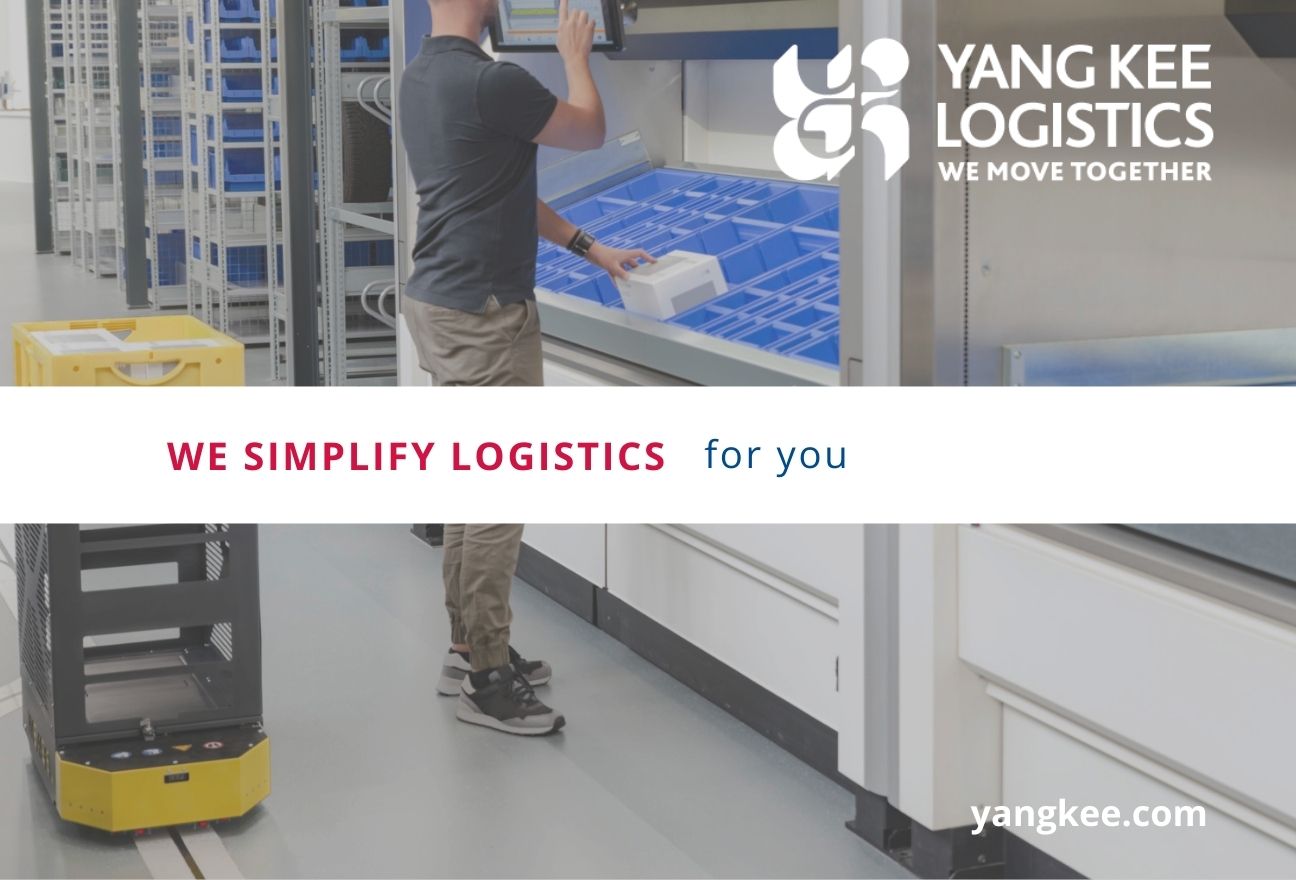Language
You can read the magazine in one of the following languages
In the early 1990s, Fuji Xerox was still very much a copier printer company, with paper playing an integral role in its service. But as the world began to undergo a dramatic digital shift, there was little doubt that the business needed to evolve. Fast forward 30 years, and the company, now known as Fujifilm Business Innovation, has undergone a digital transformation, which continues as it sets its sights on continuing to meet the ever-changing demands of technological innovation.
It is imperative that our people are fully engaged in our innovation and transformation journey, and this was especially important during the disruptive two years of pandemic.
Koh Ching Hong first joined Fuji Xerox in 1990, as General Manager for one of the company’s business units, and rose to become Managing Director in 1996. “At that time, we were moving into what I now call the ‘knowledge economy’; using document as a vehicle for knowledge,” he tells The CEO Magazine. Under his leadership, the company transformed from physical copying and printing to digital workflow, work processes, imaging, document management and content management. “We were in the early days of doing that. So that was, to me, a very big cornerstone of my career in the company,” he says.
Ching Hong led the organisation until December 2007, when he left to join the automotive industry before moving into the quality assurance industry. But when his former employer propositioned him with the offer of the Fuji Xerox CEO role in 2019, he was excited to return. “It was quite easy because I always have had this affinity and relationship with this company I spent many years with; some people tell me I have toner in my blood,” he laughs.
However, the timing of Ching Hong’s return in March 2020 proved difficult, as it coincided with the start of the COVID-19 pandemic. Despite having faced previous challenges, such as SARS and the global financial crisis among others, he says the pandemic was an entirely new ball game. “COVID-19 brought not just the company, but the whole economy, many societies, communities and countries around the world to a standstill,” he reflects. The business was forced to make the switch to remote working, like so many others, which Ching Hong identifies as a major transition. “There were tremendous learnings in the first few months,” he admits.

But thanks to the widespread adoption of smart work technology platforms, and its ability to innovate and undergo digital transformation from within, Fuji Xerox managed to make it work. “If COVID-19 had hit the world 10 years earlier, many companies would not have survived,” he says. “It is imperative that our people are fully engaged in our innovation and transformation journey, and this was especially important during the disruptive two years of pandemic.
“Internally I think the biggest challenge for our leaders was knowing how to engage with our employees during that time, and how to check in with 600 people, many of them working from home.”
It quickly became apparent that the answer was communication; and to over-communicate. Monthly town hall meetings, regular fireside chats, team socialisations and frequent broadcast of key messages were all swiftly put in place, with emails and Managing Director updates all part of the plan. “The key thing was to continue to engage people and purvey a sense of calmness, a sense of peace that everything is under control, despite what the world was going through,” Ching Hong recalls.
With engineers still going out into the field, ensuring their safety was also a top priority, and was achieved through training and the provision of personal protective equipment. “So it was a lot of change management, a lot of discussion, but our priority was always for the safety of people,” he insists. “If one person gets COVID-19, it impacts the whole operation.”

Customers are going through digital transformations, and we are helping them along by offering them innovative services and solutions.
Multiple business continuity plans were put in place for various circumstances and then were continually tweaked as time went by, which was no small feat. “Among all this, I think the great thing that I saw was the united front of the leadership team and how we were united in how we take care of our staff and manage our resources. We were united in our communications and we were very transparent,” Ching Hong reflects.
These successes were particularly poignant because they were made within this new remote working environment, putting paid to the company’s long-held belief that workers must be in the office. “We learned that we need to lead with empathy by respecting and trusting our employees. In between calls they still have to do their family care, take care of children, take care of whatever it is, but they’re still working – and I think that has helped us all learn to assess each other, to respect one another in what we do.”
The pandemic wasn’t the only massive undertaking on Ching Hong’s agenda. In April 2021, the global business transitioned from Fuji Xerox to Fujifilm Business Innovation; a rebrand he describes as the “largest transformation ever in our company history”.
It’s one that reflects the massive shift that is already well underway. “It’s a really innovative company,” he says. “In the next few years, we want to use innovations and integrate technologies that help our customers to work or to harness data.”

Although the future of work remains an unknown, as companies and employees work it out together, Fujifilm Business Innovation is dedicated to ensuring the tools are there to support them. “Customers are going through digital transformations, and we are helping them along by offering them innovative services and solutions,” he continues.
While it once focused on transforming data into print, it’s now moving predominantly within the data sphere to create digital documents, workflows and processes. “The solutions and services that we provide will enable our customers to harness that data and add value to their business,” Ching Hong says.
During his time in previous roles Ching Hong came to understand many of the machinations of the business world, and to believe any good organisation is based upon five key building blocks. “When I started as CEO in 2020, I began with three because I wanted to do the right thing for our organisation,” he says.
While he was already convinced that the company’s people were a vital asset, the first building block involved ensuring it had the right people. The second building block was arranging these people in the necessary manner to function effectively as a team, much like a football club.
Putting the necessary processes in place was the third building block, and this applied to sales, service and digital, and involved an extensive overhaul that saw considerable changes implemented. It was only once the dust started to settle on this phase of the overhaul that Ching Hong could then get cracking on the fourth and fifth building blocks.

Our philosophy is, we bring the right people in, we give them the tools, we develop them. We give them the opportunity to grow, and when they grow, they also grow the business.
“The fourth building block is what I call PPEE – profitability, productivity, efficiency and effectiveness – of every individual, every customer site, every business unit, because we need to measure that now we are working remotely,” he explains. “Then the fifth one is learning and quality, which is making sure everybody in the organisation is learning new things; they’re growing, they’re stepping up.
“Our philosophy is, we bring the right people in, we give them the tools, we develop them. We give them the opportunity to grow, and when they grow, they also grow the business.”

Cementing Fujifilm Business Innovation’s position as an “employer of choice” is therefore high on Ching Hong’s agenda. “It’s not just about developing people but creating the right organisational culture. It’s also about being very deliberate in our philosophy about diversity and inclusiveness,” he says.
To do this, he believes it’s important to put KPIs in place and measure against them to ensure the company is delivering on that front. “I think we need to be better at that,” he admits. “We also need to embrace and be more inclusive of people who have physical challenges, whether it be walking, mobility, visual or hearing challenges.”
Embracing change has long been a fundamental part of the company’s identity, with Ching Hong confident that its future success lies in its ability to continually adapt and innovate, just as it did during the pandemic. “Innovation was a key driver,” he reflects. “So we were innovative, we reduced costs and we learned new things along the way.”

